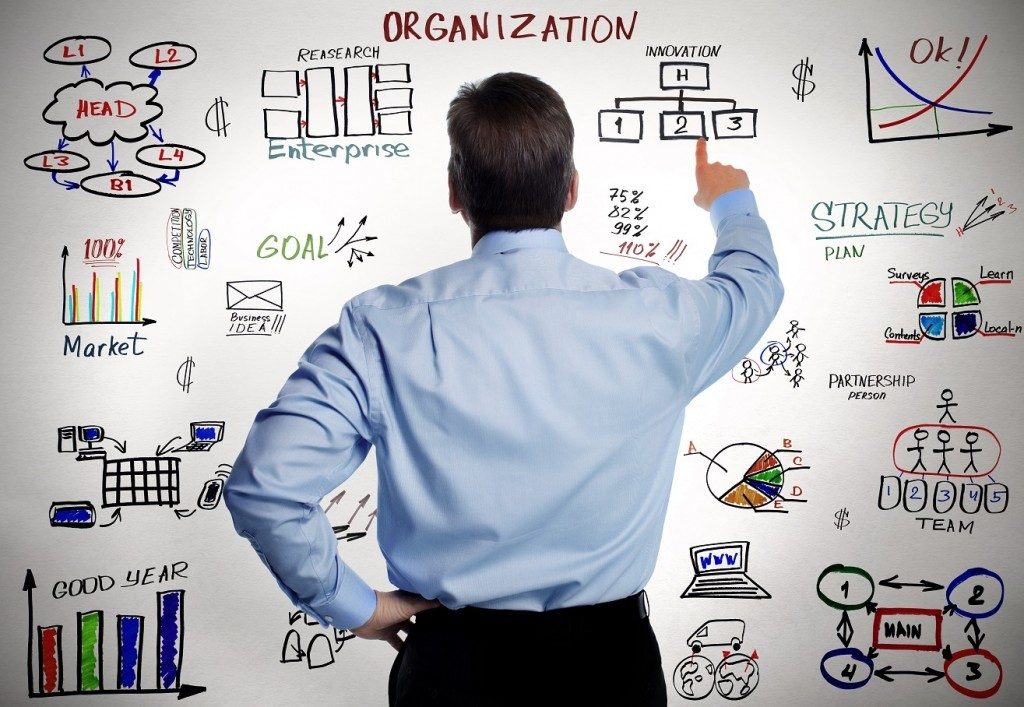What organizations need in order to be creative?
Creativity, innovation and a propensity to think out of the box have been proven to be the hard-working, tested characteristics of an organization that have become a successful player in the industry they move in and pursue their business. But before we start to answer “What do companies need to be creative?” We need to accept the belief of numerous experts and management gurus that creativity is not born. It is bred. It is not a question of either you have it or you don’t. Kenneth Robinson, one of the most watched TED talk of all times says …if you ask kindergartens who are creative, the odds are that you’ll find just about everyone raising their hands. If you ask adults, very few will show hands … And this is where the tragedy lies. We all start out with great potential and then grow up in society or join organizations that somehow beat and hammer that creativity out of most of us. And so, the challenge to us HR professionals, or as leaders of organizations is to create a workplace environment for people to be creative enough to do the best work that they could ever have done in their lives. 3 Things You Can Do to Induce Creativity in the Workplace: Create trust and foster curiosity within your organization. Building trust in your people and among themselves is a good, starting block. What you would want is for everyone to believe they are continuous learners and have this pervading atmosphere, this what’s-a-better-way-to-do things stirring in their minds and prevailing at all times. Invest in training continuously and believe in improving the skill sets of your people. Make sure this gets to be a two-way street. It is not the sole responsibility of the leader. It is also every team member’s responsibility. In other words, these regular training and learning sessions should be a partnership. Encourage diversity and difference of opinion. In an atmosphere where a wide range of skill sets and open dialogue are encouraged, open discussions often lead to creativity and ultimately better job performance. Organizations who can find it within their capabilities and resources to do all these three things are those that will tend to grow and enjoy success.
What organizations need in order to be creative? Read More »




